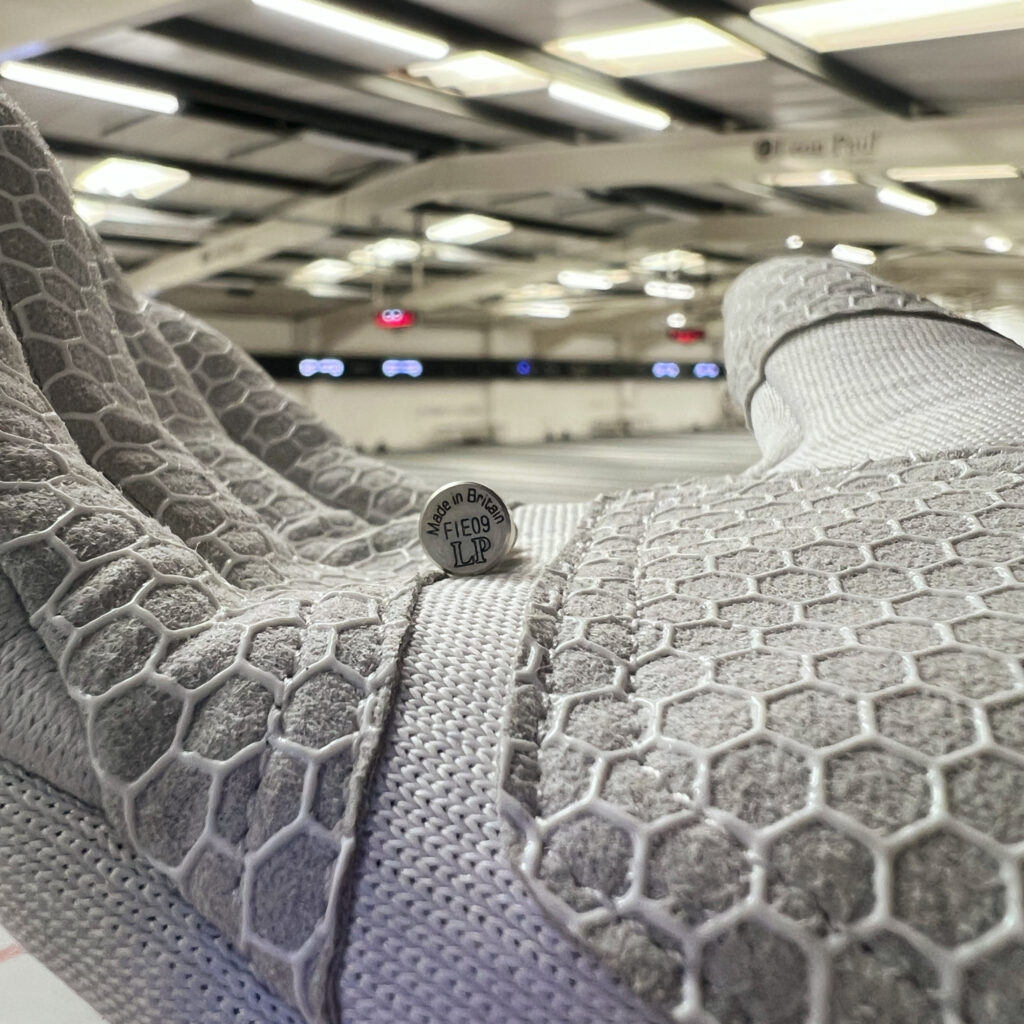We use cookies
Using our site means you agree to the use of cookies and similar technologies. Read about our policy and how to disable them here
Globally, there are three main types of foil points, each with its own advantages and disadvantages. Most fencers don’t fully understand how electric scoring in fencing works, so having a brief understanding can be very helpful, especially when trying to repair your point.
In foil fencing, the switch in the point is normally closed, meaning there is an electrical circuit running up the wire in the blade, through the point, and back down through the body of the blade. The scoring machine constantly monitors the circuit and detects when there is a break in it. When the circuit is broken, the machine determines whether the wire running up the blade is connected (via the spools) to:
1. The lame of the opponent (triggering a coloured light),
2. Nothing (triggering an off-target white light) or
3. The guard or piste (triggering no light).
The key takeaway about the foil point is that it must maintain good electrical contact and remain normally closed unless the tip is pressed down.
There are three main types of foil points available globally: the British Leon Paul design, the German design, and the French design. The French design is primarily found only in the French market. The image below illustrates a cross-section of all three point types. It’s important to note that none of these designs have interchangeable or compatible parts. The screws, bases, springs, and wires are all unique to each design.

In the Leon Paul design, the electrical circuit is completed by the edge of the screws touching the tip. When the tip is depressed, the contact between the tip and the screws is broken.
Advantages:
* The tip can be made narrower, allowing the base to have a much thicker wall.
* The thicker base is highly durable; in our experience, we have never seen a Leon Paul foil base become dented.
Disadvantages:
* The screw is part of the electrical circuit, so wear and tear on the screw (where it touches the point) means the screws need to be replaced relatively frequently.
By contrast, the German and French designs tend to suffer from dented bases, which often need to be reamed out to restore their round shape. This is a major weakness of those designs.
The German design uses much smaller screws compared to the Leon Paul design. These small screws connect to a round contact that floats on the tip.
Advantages:
* The floating contact creates a smooth surface, and when properly assembled, the point requires little maintenance.
Disadvantages:
* The base is prone to denting, and the screws, which protrude from the base, can also become dented. Severely dented screws are often difficult to remove.
The French design is rarely seen outside of France and is manufactured by several companies, including FWF in Germany. It is very similar to the German design but uses even smaller screws. These screws fit into threaded holes on the round collar floating on the tip.
Advantages:
* The collar is completely fixed by the screws, which provides greater stability.
Disadvantages:
* This design is more difficult to assemble.
* Like the German design, the base tends to dent, but the screws are better countersunk, making them less prone to damage.
Each of the three foil point designs has its pros and cons, but the most important thing is to know which type of point is fitted to your weapon. This knowledge is essential when ordering spare or replacement parts


Winner of the 2024 Kings Award for Enterprise

